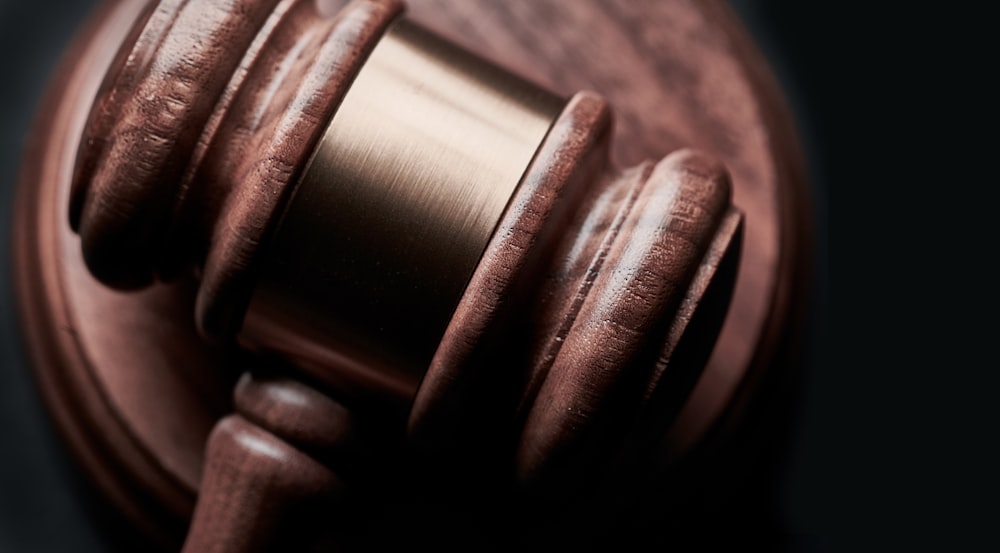What's with the Streaker at Jesus' Arrest?
(This article was originally published in French on TPSG.)
In Mark 14:51-72 we read the account of two men who are exposed, and then we see two trials unfold. To set the scene for the passage, Jesus celebrates the Jewish Passover with his disciples, during which he institutes the Lord's Supper and warns his disciples that they will all abandon him. Peter denies it, confessing that even if he has to die, he will never deny Jesus. Then Jesus goes to the Garden of Gethsemane with his disciples. He prays and asks the Father to take this cup away from him. Then he awakens his disciples, just as Judas arrives with an armed crowd. Jesus is arrested and they all abandon him and flee.
A Young Man Exposed at Jesus' Arrest
But in Mark 14:51-52 we read something strange:
"And a young man followed him, with nothing but a linen cloth about his body. And they seized him, but he left the linen cloth and ran away naked."
In this verse we see a young man who flees and is physically exposed.Most commentarytors assumes that this is Mark, the author of this Gospel, the shortest of the four. If this is the case, this verse is like his signature, so that we know that he was an eyewitness to these events. Perhaps it is also his way of confessing his sin of having abandoned Jesus.
In most of our Bibles, the editors put verses 51-52 at the end of the account of Jesus' arrest. But in fact, through these two verses, Mark introduces the following passage which first shows us a man exposed physically, and then reveals in its conclusion a man exposed emotionally.

Jesus' Trial Before the Sanhedrin
In verses 52-72, we read the account of two trials: that of Jesus and that of Peter. The first is Jesus' trial before the Sanhedrin, in which the Jews seek false testimony against him. According to them, Jesus blasphemes by claiming equality with God (Mk. 2:7, 3:11-12, Matt. 11:27, Jn. 8:58-59). Our Lord begins by remaining silent before His accusers. Then, finally, He admits His identity as the Son of Man and the divine Messiah, alluding to three Messianic passages from the Old Testament (Ex 3:14, Ps 110:1, Da 7:13-14). The reaction of the Sanhedrin is intense and violent. From that moment on Jesus assures his condemnation.
Peter's Trial Before a Servant Girl
At the same time that Jesus' formal trial before the Sanhedrin takes place, Peter faces his own informal trial before a servant girl. Peter is not brave enough to openly declare his allegiance to Jesus, but at least he has followed him from afar - the other disciples have not. And what we notice about his accuser is that she is someone insignificant, unimportant in her culture. The Greek word is literally "slave." Yet Peter feels threatened by her, and denies knowing Jesus, saying that he does not even understand what she is talking about. The girl persists, and Peter also persists in his denial - in Greek the verb is in the imperfect tense, meaning that he does not deny Jesus once, but continues to deny him (Mk 14:69). Finally, others present recognize Peter and join the servant girl. Peter's fear reaches its climax. It is then that he swears and curses. Then the cock crows, and remembering Jesus' words, Peter weeps.
The Contrast Between Jesus and Peter
In both stories, Jesus and Peter are on trial. Both are surrounded by servants: one is beaten and humiliated; the other saves his skin and no one lays a hand on him. One is brave, the other is a coward and hides. One speaks the truth in his testimony, but is condemned by ungodly men; the other lies and yet is found guilty by those present, and then by his own conscience. One faces powerful accusers; the other faces a slave girl and other people of little importance. One declares his identity openly; the other denies it. One confirms his identity through Scripture; the other denies it with swearing and curses. One is unjustly condemned to death; the other, guilty before his accusers, is spared.
Two Men Forgiven after Abandoning their Master
In Mark 14, we read the story of two men exposed. Two men who abandon their Master. Two men, sinners like us, who deserved death. At the same time, we see an innocent man condemned to death - the Just for the unjust. And because Christ is the promised Son of Man, He can take the condemnation of exposed sinners, like you and me. This biblical concept has a name: substitutionary atonement.
Preparation for Persecution
Mark tells this story to prepare Christians for the persecution to come. Through the memory of Peter, he wants the faithful to recognize that they too are capable of falling, like the apostle. So they must pray and remain vigilant. This passage also serves as an encouragement to us, because if Jesus forgave Peter even after such a serious sin, there is enough grace at the foot of the cross for us and our sins. There we find forgiveness and even restoration in the service of Jesus. Hallelujah!


Comments
Post a Comment